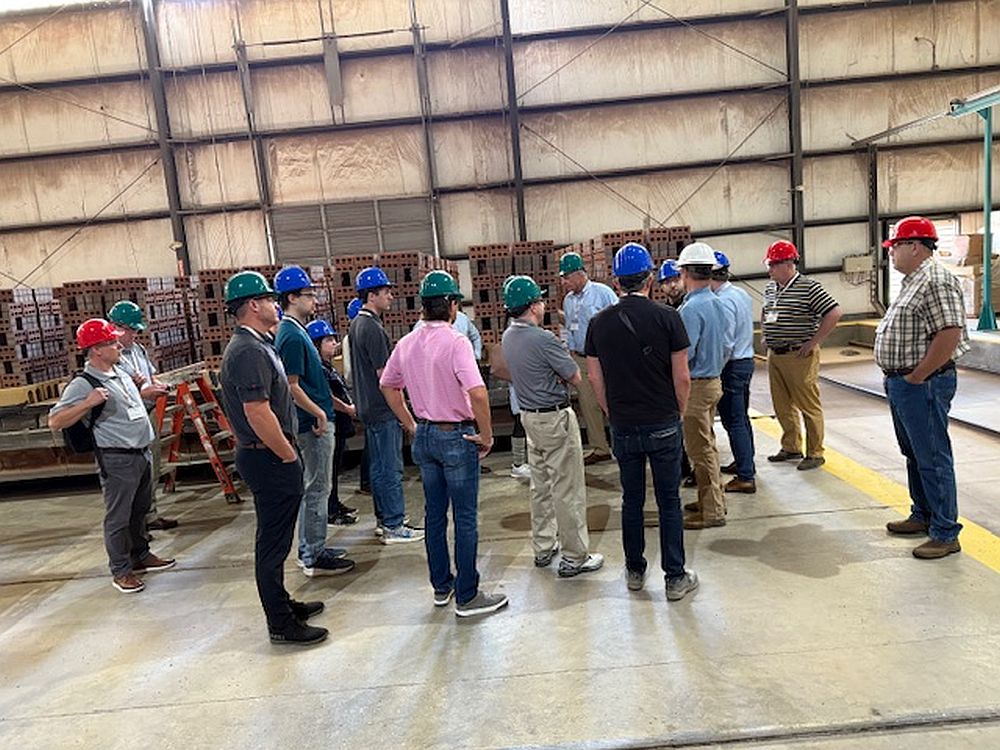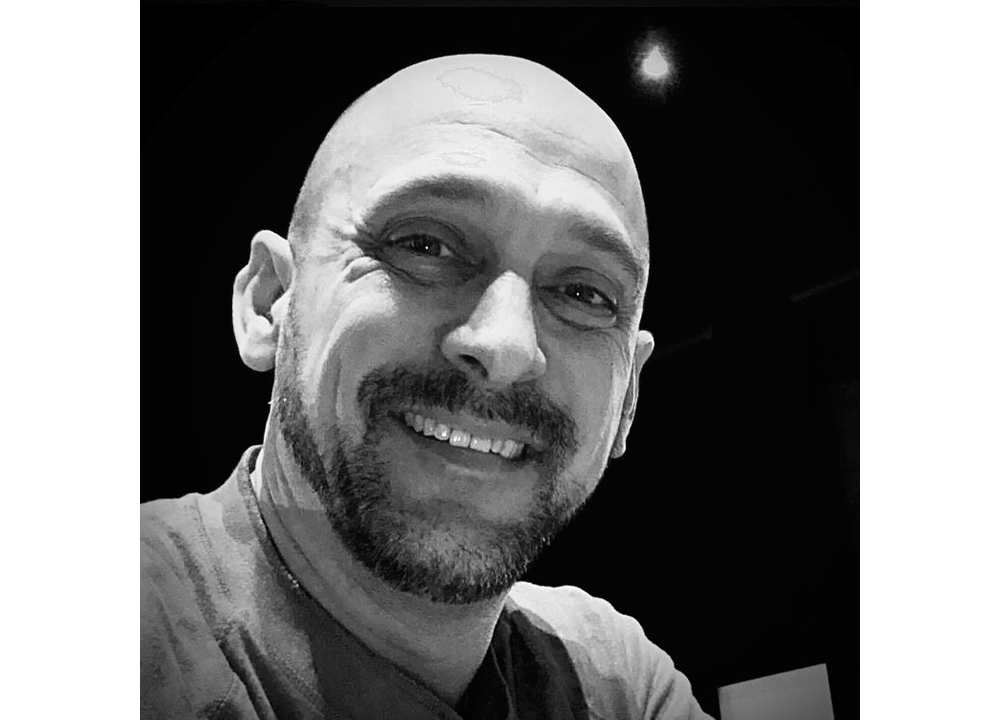
[Image above] ACerS members had the chance to meet and talk to ACerS president Rajendra Bordia (second from left) during EMA 2024. Credit: ACerS
Traditionally held in Orlando, Fla., the Electronic Materials and Applications Conference took place this year in Denver, Colo., from Feb. 13–16, 2024. The decision to move EMA 2024 to Denver was met with widespread approval from attendees. The clear weather and breathtaking mountain views, coupled with the city’s renowned culinary scene, added to the overall enjoyment of the event.
EMA is coorganized by ACerS’ Electronics Division and Basic Science Division. For EMA 2024, Electronics Division organizers were Mina Yoon of Oak Ridge National Laboratory and Matjaz Spreitzer of Josef Stefan Institute in Slovenia. Basic Science Division organizers were Fei Peng of Clemson University and Klaus Van Benthem of the University of California, Davis.
Attendance was up from last year’s conference, with more than 330 attendees coming from 22 countries. Below are some highlights from EMA 2024.
Plenary lectures: Insights on communication advancements and microstructure engineering
Two plenary lectures took place at EMA 2024 on Wednesday and Thursday morning. These talks, described below, provided thoughtful insights on the fields of communication infrastructure and microstructure engineering, respectively.
Unlocking the potential of sub-THz telecommunication: A dive into ultralow-permittivity dielectrics
The realm of telecommunications is on the brink of a revolutionary shift with the advent of 6G technology, and at the forefront of this transformation lies the emerging field of ultralow-permittivity materials. During the first plenary talk, Heli Jantunen, Distinguished Professor of Technical Physics at the University of Oulu, Finland, shed light on the transformative potential of these materials in enabling sub-THz telecommunication.
Ultralow-permittivity dielectrics are characterized by their exceptionally low losses and permittivity values, which help facilitate the efficient propagation of signals at extremely high frequencies. By minimizing signal loss, enhancing antenna performance, and bolstering overall efficiency and reliability, these materials are poised to redefine the landscape of wireless communication.
Jantunen’s lecture provided a comprehensive overview of the advantages offered by ultralow-permittivity dielectrics, alongside an insightful analysis of the current commercial availability of these materials.

Engineering microstructures: Insights from grain boundary control
In the realm of materials science and engineering, the dynamics of grain boundaries play a pivotal role in shaping microstructures and influencing material properties. Wayne D. Kaplan, Distinguished Karl Stoll Chair in Advanced Materials at Technion – Israel Institute of Technology, Haifa Israel, delved into this intricate domain in the second plenary talk.
The heart of Kaplan’s lecture was a nuanced exploration of the mechanisms underlying grain boundary motion during sintering, a process crucial for the densification of ceramic materials. Traditionally, grain growth has been attributed to diffusion processes driven by reduction of the grain boundary area. However, recent insights challenge this conventional wisdom, suggesting that grain boundary motion is primarily facilitated by the movement of grain boundary disconnections, removing the need for long-range diffusion transport.
Drawing on alumina as a paradigm for microstructure evolution studies, Kaplan clarified the role of various dopants, notably magnesium and calcium, in modulating densification and grain growth. Magnesium promotes densification and impedes grain growth through solute-drag mechanisms. In contrast, calcium induces exaggerated grain growth in alumina and, when present below its solubility limit, enhances grain boundary mobility through solute-acceleration mechanisms.

EMA welcomes significant student turnout
Of the more than 330 attendees at EMA 2024, 105 were students, accounting for nearly a third of all attendees. In comparison, EMA 2023 welcomed only 40 students.
The Colorado School of Mines, located in Golden, Colo., played a big part in enabling more students to attend the meeting. Aside from being located close to the conference hotel, the Colorado School of Mines sponsored the opening networking reception.
In collaboration with the Ceramic and Glass Industry Foundation, EMA 2024 hosted IGNITE MSE, which is a professional development series for students happening at select ACerS conferences. IGNITE MSE events typically occur before the opening ceremony of the conference and begin with an industry luncheon.
The luncheon at EMA 2024 welcomed industry professionals from Intel, CoorsTek, National Renewable Energy Laboratory, U.S. Naval Research Laboratory, Johns Mansfield, Platt Engineering Solutions, and Colorado School of Mines. Following lunch, students participated in networking games and heard invited talks on various topics of professional development in ceramic and glass materials science.

In addition to IGNITE MSE, the conference featured a student poster session and young professional reception to help students foster their networks and nurture professional communities among their peers.
Electronics Division and Basic Science Division leaders announced that the conference will take place in Denver, Colo., again next year. It will be held Feb. 25–27, 2025. Mark your calendars now for EMA 2025!
Check out more images from EMA 2024 on ACerS Flickr page.
Author
Amanda Engen
Spotlight Categories
- Meeting Highlights
Divisions
- Basic Science
- Electronics


